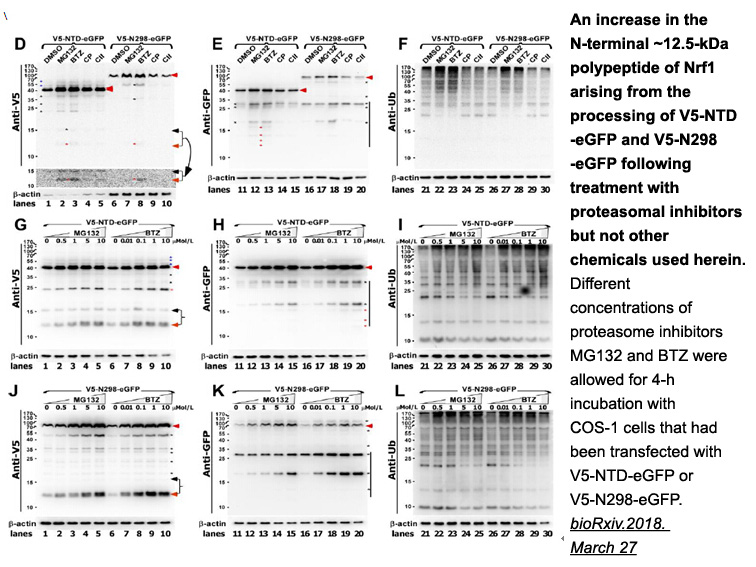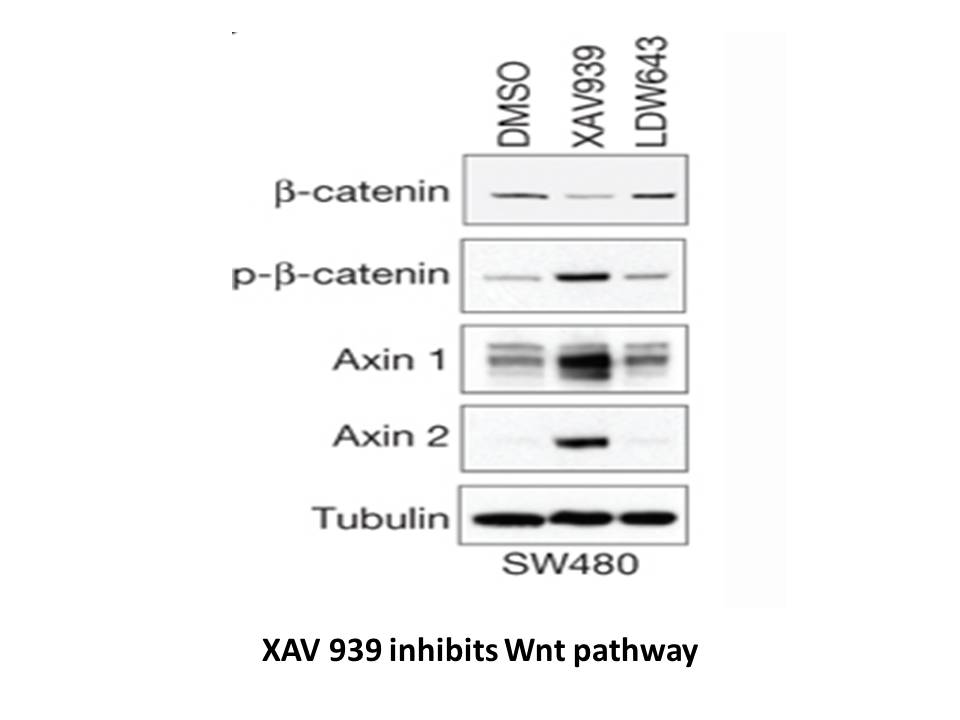Archives
- 2025-11
- 2025-10
- 2025-09
- 2025-03
- 2025-02
- 2025-01
- 2024-12
- 2024-11
- 2024-10
- 2024-09
- 2024-08
- 2024-07
- 2024-06
- 2024-05
- 2024-04
- 2024-03
- 2024-02
- 2024-01
- 2023-12
- 2023-11
- 2023-10
- 2023-09
- 2023-08
- 2023-07
- 2023-06
- 2023-05
- 2023-04
- 2023-03
- 2023-02
- 2023-01
- 2022-12
- 2022-11
- 2022-10
- 2022-09
- 2022-08
- 2022-07
- 2022-06
- 2022-05
- 2022-04
- 2022-03
- 2022-02
- 2022-01
- 2021-12
- 2021-11
- 2021-10
- 2021-09
- 2021-08
- 2021-07
- 2021-06
- 2021-05
- 2021-04
- 2021-03
- 2021-02
- 2021-01
- 2020-12
- 2020-11
- 2020-10
- 2020-09
- 2020-08
- 2020-07
- 2020-06
- 2020-05
- 2020-04
- 2020-03
- 2020-02
- 2020-01
- 2019-12
- 2019-11
- 2019-10
- 2019-09
- 2019-08
- 2019-07
- 2019-06
- 2019-05
- 2019-04
- 2018-07
-
HDAC enzymes oppose the effects of HATs by reversing
2022-03-31

HDAC enzymes oppose the effects of HATs by reversing lysine acetylation, an action that restores the positive charge of the lysine thus stabilizing the local chromatin structure. By removing acetyl groups from ε-amino lysines of proteins, HDACs not only alter transcription, but also promote either t
-
RP 67580 br Funding br Conflict of interest statement br
2022-03-31

Funding Conflict of interest statement References and recommended reading Papers of particular interest, published within the period of review, have been highlighted as: Acknowledgements Introduction Recent papers have shown that Interferon-free hepatitis C virus (HCV) therapies with
-
Recently several groups reported that four orphan receptors
2022-03-31

Recently, several groups reported that four orphan receptors, GPR40, GPR41, GPR43, and GPR120, can be activated by free fatty acids. Short-chain fatty acids are specific agonists for GPR41 and GPR43 . Medium and long-chain fatty acids can activate GPR40 and GPR120 . Our previous report showed that
-
CCCP synthesis Abnormal expression and higher activity of GL
2022-03-31

Abnormal expression and higher activity of GLO I have been detected more in various tumor CCCP synthesis than in normal cell samples., , , , , , , Among cancer cell lines, lung carcinoma cells frequently showed higher GLO1 activity. Human NSCLC cell line NCI-H522 cells possess high activity and expr
-
br Introduction Methylglyoxal MG is a highly reactive
2022-03-31

Introduction Methylglyoxal (MG) is a highly reactive dicarbonyl metabolite formed in cells mainly by the spontaneous degradation of triose phosphates, glyceraldehyde-3-phosphate, and dihydroxyacetone phosphate (Rabbani and Thornalley, 2012). It exists in a wide range of organisms, including proto
-
br Materials and methods br
2022-03-31

Materials and methods Results Discussion DNA repair pathways have evolved for a long time to act independently of one another. However, over the past decade several overlaps and crosstalks between these pathways were identified, showing that the DNA repair system is more complex than previo
-
For several parasites of veterinary importance there is
2022-03-31

For several parasites of veterinary importance, there is a growing body of evidence that resistance to ML is, at least in part, mediated by ABC transporters (P-glycoproteins) (Whittaker et al., 2017). P-glycoproteins (Pgps) are members of the ATP-binding cassette transporter family that are well kno
-
GlyRs are members of the
2022-03-31

GlyRs are members of the superfamily of Cys-loop receptors (CLRs) [3]. They form postsynaptic pentameric receptor complexes of α1 and β subunits anchored via the scaffolding protein gephyrin [4]. GlyRs are composed of several domains with the large N-terminal extracellular domain (ECD) important for
-
Apart from a few mutations which affect
2022-03-31

Apart from a few mutations, which affect intracellular and extracellular loops of hCRT-1, the mutations are primarily found in the hydrophobic core of the transporter; in fact, TMDs 7 and 8 appear to be a hot spot for mutations (Freissmuth et al., 2018). Several mutations are found at positions, whi
-
We also demonstrated that inhibition of
2022-03-31

We also demonstrated that inhibition of NAAG hydrolysis to suppress glutamate production through a GCPII inhibitor is a viable target for cancer therapy. GCPII is also known as N-acetyl-L-aspartyl-L-glutamate peptidase I (NAALADase I) or NAAG peptidase (Pinto et al., 1996), and its increased express
-
Accordingly a bioassay guided approach was been used to
2022-03-31

Accordingly, a bioassay-guided approach was been used to study the bioactive compounds in VAS contribute to the α-glucosidase inhibitory and antioxidant activity. The 95% ethanol extraction of VAS was successively partitioned with petroleum ether, ethyl acetate and n-butanol. Ethyl acetate fraction
-
In order t http www apexbt com media diy
2022-03-30

In order to validate the correctness of our interpretation of the gap-FRAP data and the analysis of GJC in astrocytes, we used a mathematical model based on morphological and experimental data. This mathematical model is based on SR101 diffusion in an elementary network. In agreement with the morpho
-
human leukocyte elastase Compound and several additional FPR
2022-03-30

Compound 10 and several additional FPR1 antagonists identified here specifically blocked fMLF-induced responses mediated via FPR1 in FPR1-HL60 human leukocyte elastase and human neutrophils, but not responses mediated via FPR2 or FPR3 (in human neutrophils and transfected HL60 cells) or Fpr1 (murine
-
br Introduction GPR also known as free fatty acid receptor
2022-03-30

Introduction GPR40 (also known as free fatty MK-3207 HCl receptor 1), a member of the G-protein coupled receptor (GPCR) family, is expressed in pancreatic beta cells, intestine and the central nervous system (Bekinschtein et al., 2008; Itoh et al., 2003). It is activated by medium- and long-chai
-
Several small molecules such as erastin and RSL
2022-03-30

Several small molecules, such as erastin and RSL3, are reported to induce ferroptosis in both normal and cancer c14ɑ demethylase [21,22]. We confirmed that erastin-induced growth inhibition is an ideal ferroptosis model for cardiomyocytes. The erastin inhibits the growth of H9c2 cells in a Fe-depen
16059 records 488/1071 page Previous Next First page 上5页 486487488489490 下5页 Last page